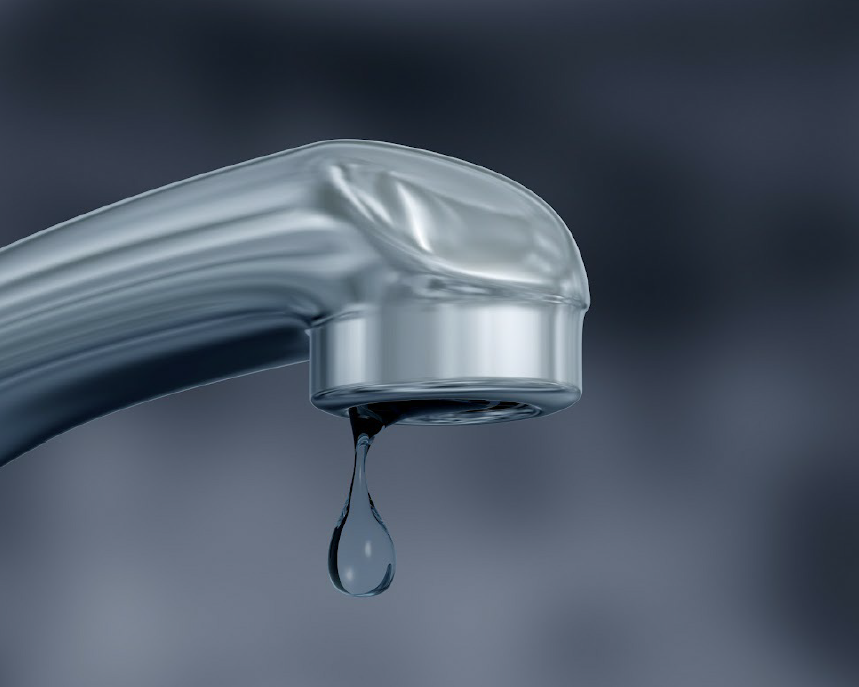Finding Concealed Water Line Leaks: Six Clever Methods
Finding Concealed Water Line Leaks: Six Clever Methods
Blog Article
What're your opinions with regards to Top leak detection hacks?

Early detection of leaking water lines can mitigate a possible catastrophe. Apart from saving you cash, it will certainly reduce the stress as well as aggravation. The moment you locate a leak, calling your plumber for fixings is the very best option. However, some tiny water leakages might not show up. If you can not identify it with your nude eyes, below are some hacks that help.
1. Take A Look At the Water Meter
Every house has a water meter. Examining it is a proven manner in which helps you find leakages. For beginners, switch off all the water resources. Make sure nobody will purge, utilize the tap, shower, run the washing machine or dish washer. From there, go to the meter and also watch if it will change. Since no person is utilizing it, there ought to be no movements. If it relocates, that indicates a fast-moving leakage. If you find no changes, wait an hour or 2 and also inspect back once again. This indicates you might have a slow-moving leakage that might also be below ground.
2. Examine Water Consumption
If you identify unexpected changes, regardless of your usage being the exact same, it indicates that you have leaks in your plumbing system. An abrupt spike in your expense indicates a fast-moving leakage.
On the other hand, a steady rise every month, despite having the same habits, shows you have a sluggish leak that's likewise slowly escalating. Call a plumber to thoroughly check your home, especially if you feel a cozy area on your flooring with piping beneath.
3. Do a Food Coloring Test
When it comes to water consumption, 30% comes from toilets. If the color in some way infiltrates your dish throughout that time without flushing, there's a leakage between the container and dish.
4. Asses Outside Lines
Don't forget to inspect your outside water lines as well. Should water leak out of the connection, you have a loose rubber gasket. One small leakage can lose tons of water and also increase your water expense.
5. Evaluate the scenario and also evaluate
Home owners should make it a practice to examine under the sink counters and even inside cabinets for any kind of bad odor or mold development. These two warnings indicate a leakage so punctual focus is needed. Doing regular examinations, also bi-annually, can conserve you from a major problem.
Inspect for discolorations and deteriorating as most home appliances and also pipes have a life span. If you believe dripping water lines in your plumbing system, don't wait for it to intensify.
Early detection of dripping water lines can mitigate a potential disaster. Some tiny water leakages might not be noticeable. Examining it is a guaranteed means that assists you uncover leakages. One small leakage can squander tons of water and spike your water bill.
If you think dripping water lines in your plumbing system, don't wait for it to intensify.
WARNING SIGNS OF WATER LEAKAGE BEHIND THE WALL
PERSISTENT MUSTY ODORS
As water slowly drips from a leaky pipe inside the wall, flooring and sheetrock stay damp and develop an odor similar to wet cardboard. It generates a musty smell that can help you find hidden leaks.
MOLD IN UNUSUAL AREAS
Mold usually grows in wet areas like kitchens, baths and laundry rooms. If you spot the stuff on walls or baseboards in other rooms of the house, it’s a good indicator of undetected water leaks.
STAINS THAT GROW
When mold thrives around a leaky pipe, it sometimes takes hold on the inside surface of the affected wall. A growing stain on otherwise clean sheetrock is often your sign of a hidden plumbing problem.
PEELING OR BUBBLING WALLPAPER / PAINT
This clue is easy to miss in rooms that don’t get much use. When you see wallpaper separating along seams or paint bubbling or flaking off the wall, blame sheetrock that stays wet because of an undetected leak.
BUCKLED CEILINGS AND STAINED FLOORS
If ceilings or floors in bathrooms, kitchens or laundry areas develop structural problems, don’t rule out constant damp inside the walls. Wet sheetrock can affect adjacent framing, flooring and ceilings.
https://www.servicemasterbyzaba.com/blog/how-to-detect-water-leakage-in-walls/

Do you enjoy reading about Hacks to detect leaks? Post a remark below. We will be glad to hear your responses about this post. We are looking forward to see you back again soon. I beg you set aside a second to promote this content if you liked it. Bless you for your time. Visit again soon.
Peace of mind? Dial! Report this page